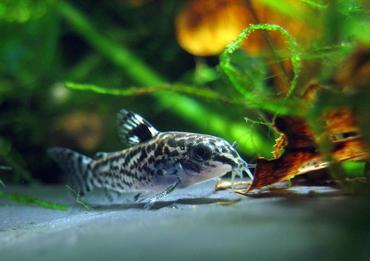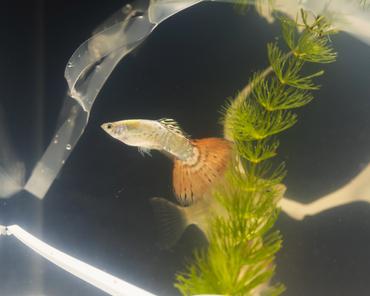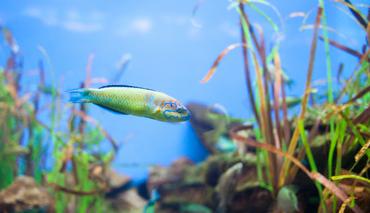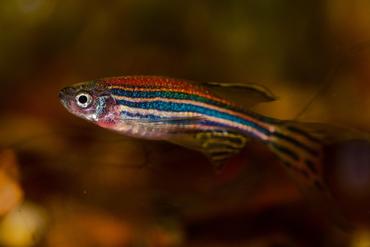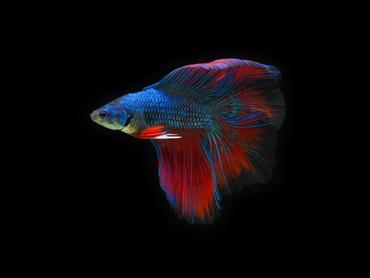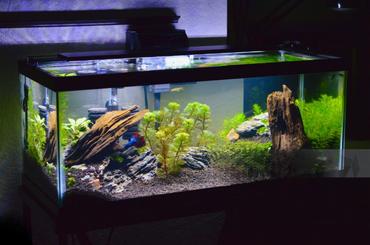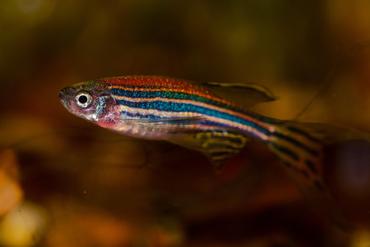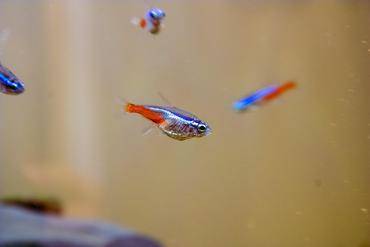BETTA FISH IN A PLANTED TANK: SETUP, CARE & MISTAKES TO AVOID
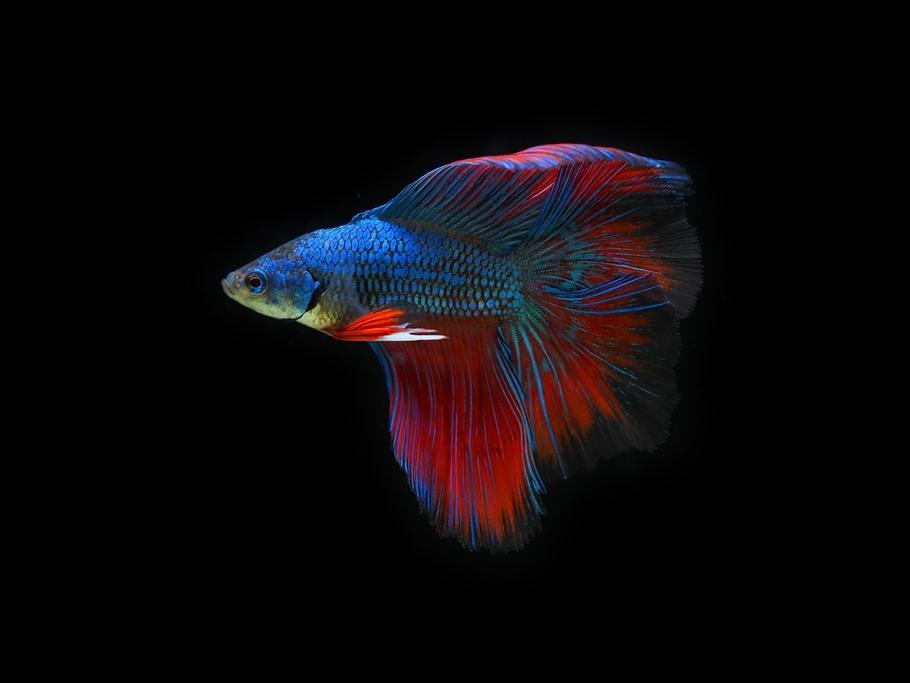
If you really want your Betta to thrive—not just survive—a planted tank is one of the best environments you can create.
In this guide, we’ll cover everything you need to know about keeping a Betta fish in a planted aquarium, from ideal plants and tank size to maintenance and compatibility tips.
Why Choose a Planted Tank for Your Betta?
A well-planted tank mimics the Betta's natural habitat in the shallow waters of Southeast Asia. The benefits go beyond aesthetics:
Oxygenation & Filtration: Live plants help regulate ammonia and provide natural filtration.
Security & Stress Reduction: Bettas love hiding spots to retreat when stressed.
Natural Enrichment: Plants encourage natural behaviors like exploring, resting, and hunting for food.
Fun Fact: Bettas often use broad-leaf plants like Anubias as hammocks for lounging!
Ideal Tank Setup for a Betta in a Planted Tank
You don't need a giant setup to keep a Betta happy—but the setup must be thoughtful. Here’s a breakdown:
Tank Size
Minimum: 5 gallons
Recommended: 10 gallons or more for stability and more room for plants.
Lighting
Moderate lighting (6–8 hours a day) to support plant growth but not stress the Betta.
Substrate
Use nutrient-rich planted tank substrate (like Fluval Stratum) or cap root tabs under sand/gravel.
Filtration
Bettas don’t like strong currents. Use sponge filters or adjustable-flow filters.
Heater
Maintain temperature between 76°F and 82°F (24–28°C).
Best Plants for a Betta Tank
Not all plants are created equal. Choose low-maintenance species that thrive in low to medium light and don’t require CO₂.
1. Anubias Nana
Hardy, slow-growing, perfect for tying to driftwood or rocks.
Leaves are broad—Bettas often nap on them.
2. Java Fern
Thrives in low light, attach to wood or rock (don’t bury rhizome).
Adds vertical height to the tank.
3. Amazon Sword
Great for background planting.
Fast-growing; needs root tabs if substrate is inert.
4. Floating Plants (Duckweed, Frogbit, Salvinia)
Mimic natural cover and reduce light intensity.
Helps Bettas feel secure—just don’t let them block all light.
5. Marimo Moss Balls
Easy to care for and reduce nitrates.
Bettas may push them around like toys!
Beginner Tip: Avoid sharp or rigid plants like plastic fakes—Betta fins are delicate and can easily tear.
Compatibility and Tank Mates
Bettas are territorial, especially males. But that doesn’t mean they have to be alone.
Compatible Tank Mates (in larger planted tanks):
Snails (like Nerite or Mystery Snails)
Shrimp (Ghost or Amano — monitor closely)
Peaceful bottom dwellers like Corydoras (10+ gallons)
Harlequin Rasboras or Ember Tetras (in well-planted 15+ gallon tanks)
Avoid: Fin nippers (like Tiger Barbs), other Bettas, Guppies (similar appearance), and aggressive fish.
Always introduce tank mates with plenty of plants and hiding spaces to diffuse tension.
Common Mistakes to Avoid
Overcrowding with Plants
Too many fast growers can deplete nutrients and overwhelm the tank. Balance is key.
Ignoring Water Parameters
Even hardy plants need proper pH (~6.5–7.5), temperature, and lighting to thrive.
Poor Maintenance
Neglecting trimming or cleaning leads to algae and plant decay. Stick to a schedule.
Using High-Flow Filters
Bettas hate strong currents. A gentle sponge filter is ideal.
Choosing the Wrong Substrate
Gravel alone won’t support root feeders like Amazon Sword. Use root tabs or enriched soil.
Care & Maintenance Tips
Weekly 20–30% water changes (use dechlorinator!)
Test water regularly (Ammonia, Nitrite, Nitrate, pH)
Trim overgrown plants
Wipe down glass for algae buildup
Monitor plant health—yellowing may mean nutrient deficiency
Related Resources
To dive deeper, check out these helpful guides on RateMyFishTank:
Best Lighting Options for Planted Aquariums
Top Beginner Aquarium Fish
The Ideal pH for Freshwater Aquariums
Final Takeaway
A Betta in a lush, well-planted tank is not only a joy to watch—it’s a healthier, happier fish. By understanding the essentials of plant care, filtration, and compatible tank mates, you’re well on your way to creating a thriving aquatic ecosystem.
Ready to set up your Betta paradise? Start with a 10-gallon tank, pick beginner-friendly plants, and give your Betta the natural home it deserves.


